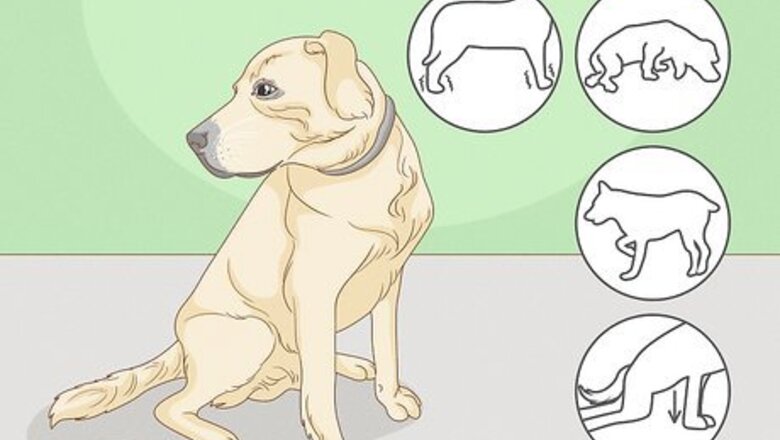
views
What are the symptoms of weak hind legs in old dogs?

Difficulty moving is the key indicator of weak hind legs. Even if your dog is old, take seriously signs that its hind legs aren’t functioning as they should be. This could indicate a serious health problem, or that it’s in pain. Keep an eye out for some of the following symptoms: An inability to walk An inability to stand Unsteady walking, including collapses Limping Favoring front legs over hind legs
What causes weak hind legs in old dogs?

Arthritis: Arthritis is the likeliest culprit for weak hind legs. Larger breeds and overweight dogs are most likely to deal with arthritis as they age. Some signs of arthritis include difficulty getting up, lethargy, and pain when being pet or touched.

Intervertebral Disc Disease: This disease is fairly common among older dogs, and can lead to dangerous conditions, such as herniated discs. Take your dog to the vet as soon as you can if you notice your dog suddenly collapsing.
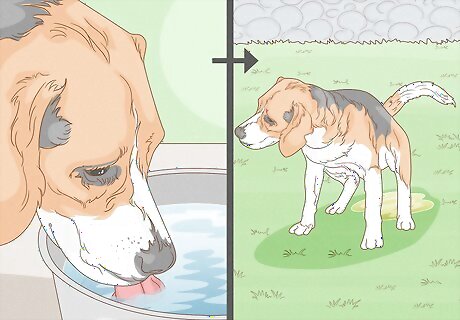
Cushing’s Disease: This hormonal condition causes general muscle loss. The early signs of the disease include increased thirst and more frequent urination, but as it progresses, it causes muscles to deteriorate. Older beagles, poodles, and dachshunds are more likely to have this disease.
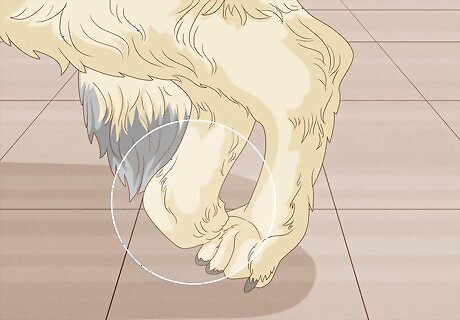
Canine Degenerative Myelopathy: This uncommon genetic neurological disease is fatal, and unfortunately, there is currently no treatment available. If your dog frequently scuffs its nails and toes while walking, and seems to have spasms of weakness in its hind legs, this may be an early sign of the disease. Even though CDM is fatal, physical therapy can help your dog keep control over its legs for as long as possible. This can really improve its quality of life, so don’t give up if your dog is suffering from this disease.

Get a diagnosis from your veterinarian. Sometimes, a dog can have trouble with its hind legs simply because it’s overweight. But there could also be a more serious age-related condition at work. Talk to a vet to be sure of what illness your dog has, if any.
How to Strengthen Your Old Dog’s Hind Legs

Use Passive Range of Motion (PROM) exercises to increase muscle flexibility. With your dog laying on its side, lift one hind leg. Place a hand above the leg’s joint to stabilize it, and then use your other hand to move the lower portion of the limb. Gently bend your dog’s leg at the joint, and move it forward and backwards as far as it can naturally go. Repeat the exercise on the other hind leg, and then repeat it a few times each day. PROM exercises decrease inflammation, help in the production of joint fluid, and stretch out your dog’s muscles. When done regularly, they can help mitigate arthritis, and bring back mobility to your dog. If your dog seems uncomfortable while performing this exercise, be sure to contact your vet.
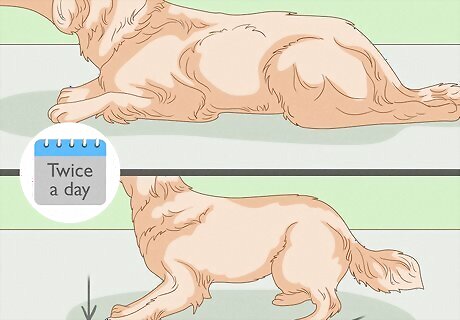
Practice sit/stand transitions to work out hind legs. These exercises often get used in physical therapy in order to improve strength and stability. Have your dog move from sitting to standing a few times in a row, and give it treats for doing so. If your dog is able, repeat this exercise twice a day. Proper positioning is important for this exercise to be most effective. While sitting, your dog should be in a ‘sphinx’ position, with its body on the floor and paws close to it. Then, to stand, it should keep its front feet planted, while moving its hind legs forward.
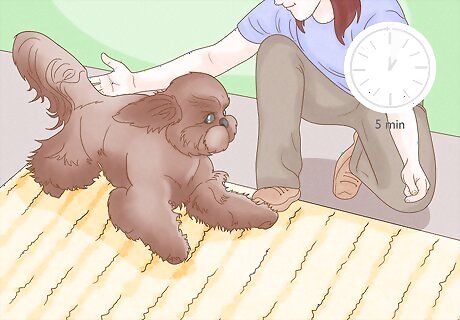
Walk your dog a few times a day to improve its strength. Exercise is critical for dogs to remain healthy, especially as they grow older. A short walk, even for 5 minutes, can help your dog regain strength. Keep an eye on your dog to make sure it isn't pushing itself too hard. Collapsing or showing signs of pain means your dog should take a rest. Walking on an uneven surface can help your dog regain coordination and balance. Try getting your dog to walk on a mattress, which will allow it to use a different set of muscles while moving. If your dog enjoys swimming, this can be a great way for it to build strength without putting pressure on the joints. Take your dog for a swim in a pool or non-moving body of water, but be sure to watch it carefully, in case it overexerts itself. If you see your dog struggling to stay afloat, immediately pull it out of the water.
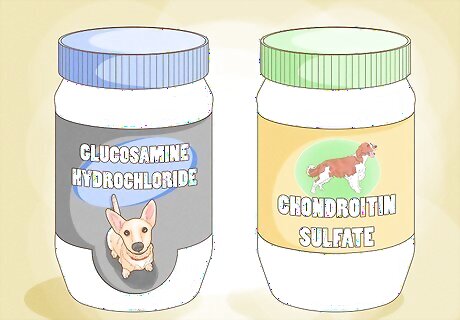
Keep your dog mobile with joint supplements. The variety of supplements available can be a little overwhelming, but many veterinarians recommend two products in particular: Glucosamine Hydrochloride and Chondroitin Sulfate. Although the science behind supplements has come under some debate, there’s a lot of anecdotal evidence that these products work. If you’re interested, talk with your vet about what dosage and combination might be right for your dog.

Maintain a healthy weight to ease joint pressure. Diet is the best way to keep a dog from becoming overweight. Keep your dog eating nutritious, protein-rich food. Feeding your pet lean meats, such as chicken, and using veggies as snacks can keep your dog at a healthier weight. Dogs that are overweight or obese are more likely to experience hind leg weakness. For a quick check to see if your dog is overweight, try the rib test. Run your fingers gently along the sides of your dog’s rib cage. You should be able to easily feel, but not see, each rib. If you can pinch more than an inch of skin and fat about the ribs, it’s likely time to try and reduce your dog's weight.
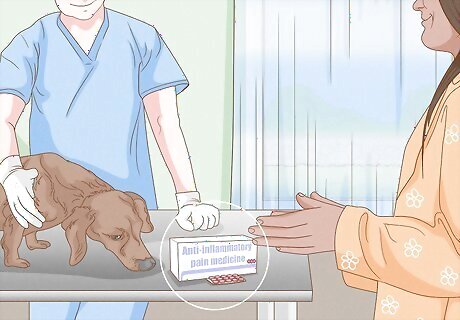
Use anti-inflammatory pain medicine for comfort. Although these kinds of medicines won’t treat the underlying causes of weak hind legs, by reducing inflammation, they can help dogs deal with arthritis or injuries. If you see your dog in pain, talking to a veterinarian about these medicines is a good idea.
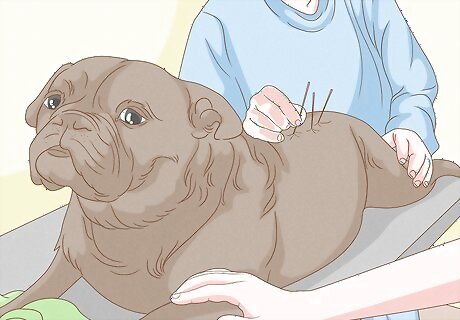
Try acupuncture to stimulate a dog’s natural healing ability. During an acupuncture session, a professional will place needles at specific, individual points on your dog to stimulate blood flow and nerves. By reducing inflammation and pain, acupuncture can help your dog feel more comfortable. Many veterinary offices perform acupuncture, so be sure to ask.
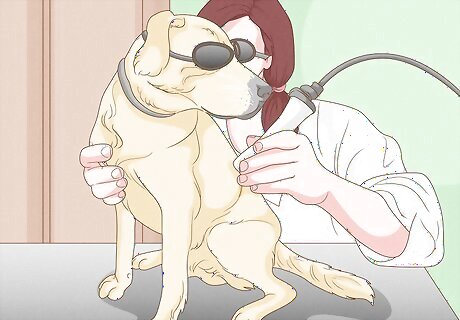
Choose laser therapy for a cutting-edge way to deal with inflammation. This procedure is performed by veterinarians, is fast, and is completely pain-free. By stimulating cells with a laser, your dog’s cells activate to heal inflammation and reduce pain. For dogs with arthritis or disc disease, laser therapy can bring about positive changes in quality of life.











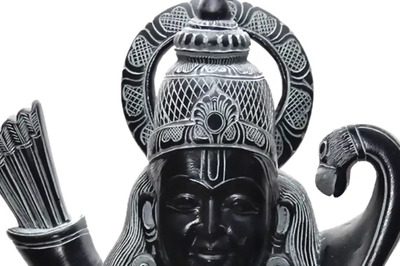





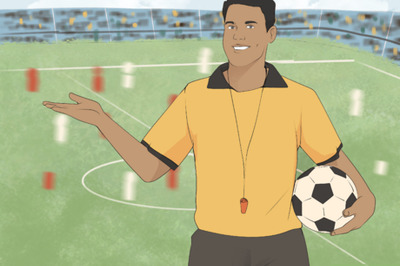
Comments
0 comment